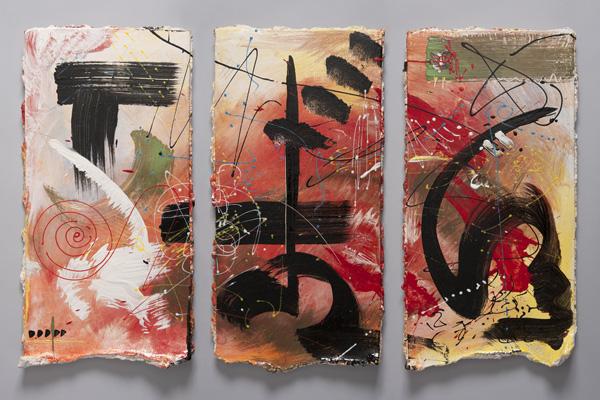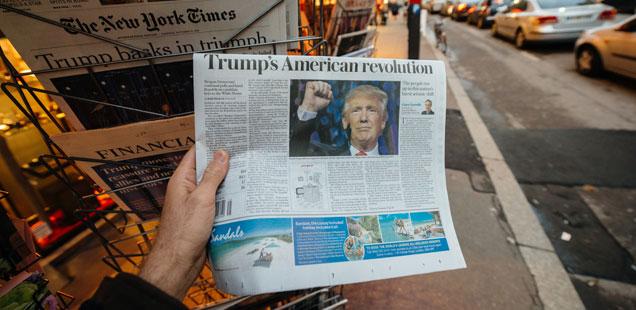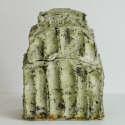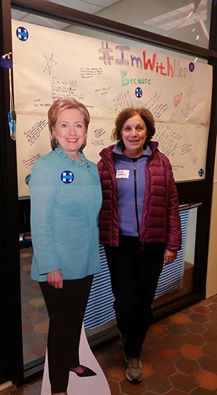The current show at Lacoste Gallery features the work of Don Reitz. "One of the great...
Anita M. Harris
A Harvard report suggests to Anita M. Harris that the structure of media and the definition of...
Cambridge writer and photographer Anita Harris is a long-time admirer of the Lacoste Gallery, in Concord Mass....
A visit to the Tang Museum at Skidmore College leads author Anita M. Harris to contemplate pattern...
Guest commentator Mark Orton presents a dark view of the future following the 2016 presidential election.
Having made calls and canvassed for Hillary Clinton, author Anita M. Harris is saddened, confused and ...





